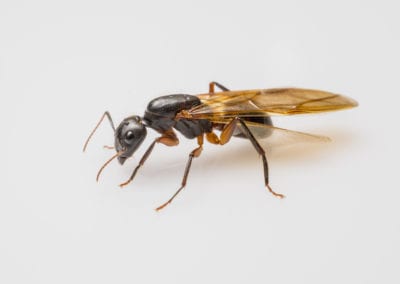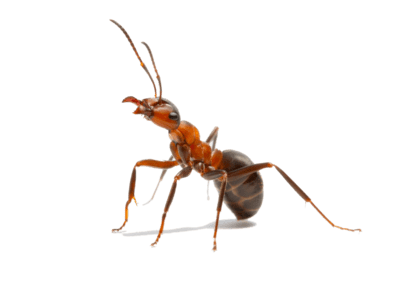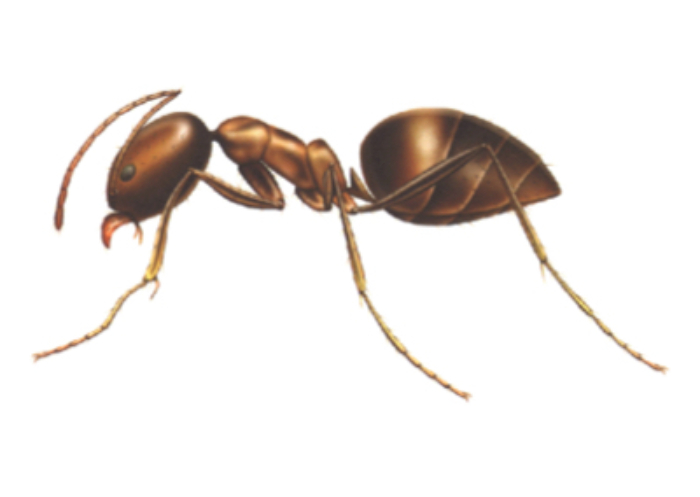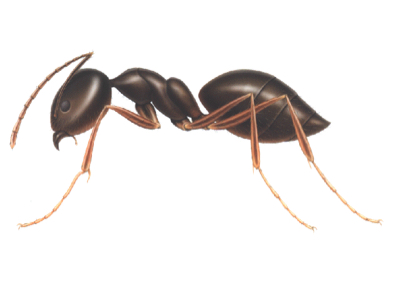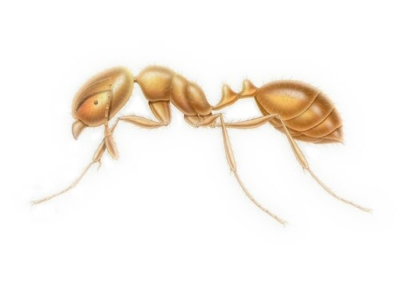Carpenter Ant
Our remedy for carpenter ant control
First, contact us. Successful carpenter ant control depends on eliminating the parent colony, which is usually located outdoors. Finding and treating as many satellite nests as possible is the key to effective carpenter ant control. Sometimes, a property can have several nests besides the main colony site. Because it can be difficult to detect these all at the same time, an ongoing pest program will ensure that any activity is addressed immediately to keep the population under control.
What you can do to prevent carpenter ants
To prevent carpenter ants from invading your property, store firewood away from your house, trim dead limbs from trees, and remove stumps and lumber from around the house. Make sure landscape and mulch is not saturated with water. The softer and more rotten the wood is, the more attractive it will be to a carpenter ant. A frequently overlooked ant control measure is to make sure that all plumbing or roof leaks are sealed.
Our Healthy Home Maintenance Program covers these and dozens of other household pests too!

How to Identify a Carpenter Ant
Appearance
Among the largest of ants, 1/4 to 1/2″ long. The most common species is black, but some are dark red or brown.
Habitat
Carpenter ants are the most common property pest in the Midwest. Home and business owners are far more likely to face an invasion of carpenter ants than termites.
Carpenter ants get their name because they excavate wood in order to build their nests, leaving hollowed-out tunnels. These colonies require a constant source of water to survive, and are often found in wet, decayed wood such as dead limbs and tree stumps. Inside, they can be found in overly wet, poorly ventilated spaces such as crawl spaces or attics. While carpenter ants don’t eat wood, their excavations pose a property threat, making ant control imperative. In the spring, winged reproductive ants called swarmers fly out to start new colonies.
Diet
Will feed on nearly anything people eat—particularly sweets and meats. Will also feed on other insects. Carpenter ants do not eat wood. They just chew through it.
Additional Imagery
Is This Your Critter?
Maybe it is, maybe it isn’t. We can handle the identification and get you a solution to your problem quickly.
Get a remedy now. Send a message!

“…most importantly, they took care of our black ant problem.”
“Knowledgeable and pleasant staff and, most importantly, they took care of our black ant problem.”

